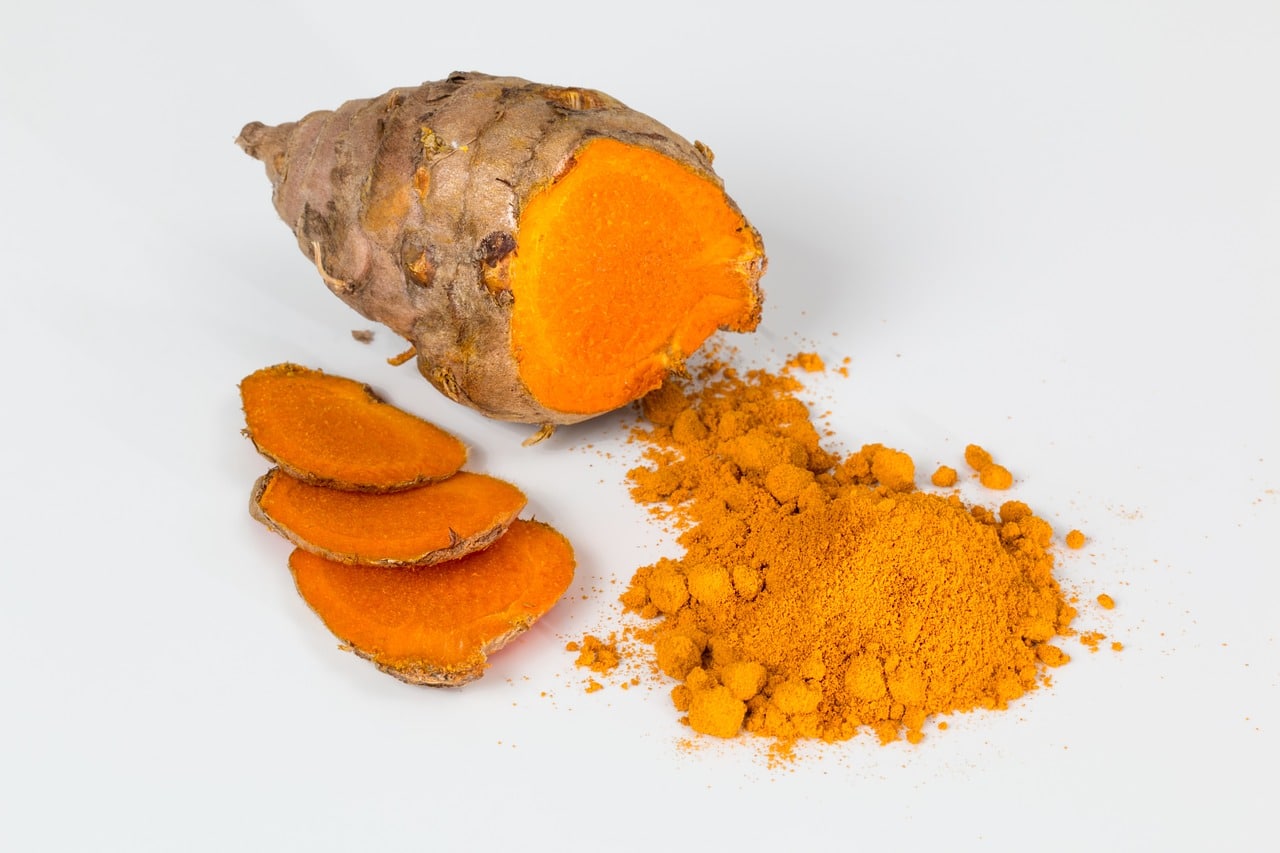how to Achieve the Perfect Balance of Flavors in a Complex Curry?

Curry, a heartwarming dish, is an umbrella term capturing a world of flavors, ingredients, and traditions. A steaming bowl of this aromatic delight contains a symphony of spices, each playing its role to create a harmonious blend of taste and flavor. Whether it’s a Thai green curry or an Indian chicken curry, attaining the perfect balance of flavors in a complex curry is an art. Let’s unravel the secrets behind this art and guide you on the journey to creating a flawless curry dish.
Understanding Curry: More than Just a Dish
The first step towards making a perfect curry is understanding what ‘curry’ truly entails. Often associated with Indian and Thai cuisines, ‘curry’ is not just a single dish but a spectrum of dishes, each with its unique flair and character.
A voir aussi : What’s the Best Technique for Achieving Ultra-Crispy Chicken Skin in the Oven?
The term curry can refer to a variety of dishes that vary in flavor profiles, depending on the region they hail from. From the spicy and intense flavors of Indian curries to the mild and creamy Thai curries, the diversity is astounding.
The complex blend of spices and ingredients in a curry, also known as curry paste, is what gives each curry its distinct identity. Some curries draw their flavor from a rich gravy sauce, while others rely on a combination of freshly ground spices. The key is to understand the flavor profile of the curry you aim to create and select your ingredients accordingly.
A lire également : How to Craft the Perfect Sourdough Starter from Scratch for Rich, Complex Breads?
Selecting the Right Ingredients for Your Curry
Just like a symphony needs the right instruments, a perfect curry requires the right ingredients. A curry’s flavor is a delicate balance between the various spices, the proteins (like chicken or tofu), and the base (such as coconut milk or tomato sauce).
The choice of meat or vegetables will greatly influence the overall taste of your curry. For instance, a chicken curry will have a different flavor profile compared to a vegetable or fish curry. The choice of base also plays a significant role in the final dish. A curry made with a tomato base will taste entirely different from one made with a coconut milk base.
When it comes to spices, it’s all about balance. Overpowering your curry with one spice will overshadow the other flavors. In contrast, using too little will result in a bland dish. Some common spices you will find in curries include cumin, coriander, turmeric, and ginger. Each spice adds a unique flavor, so use them judiciously.
Mastering the Art of Flavor Balancing in Curry
Balancing flavors in a curry is an art. You are trying to achieve a harmony where no single element overpowers the rest. The goal is to allow each ingredient to shine while contributing to the overall flavor profile of the dish.
This balance is often achieved by combining opposing flavors – sweet, sour, spicy, salty, and bitter. For example, if your curry is too spicy, adding a bit of sugar can help balance out the heat. On the other hand, if your curry is too sweet, a dash of lime juice or vinegar can add the necessary tartness to balance the flavors.
Another important aspect of flavor balancing is the texture of the dish. The right combination of textures can elevate your curry and add depth to its flavor. For instance, adding crunch with fried onions or fresh bell peppers can offer a nice contrast to a creamy curry sauce.
The Role of Freshness in Curry Cooking
Freshness plays a crucial role in cooking a perfect curry. Fresh spices and ingredients can add a vibrancy to your curry that can’t be achieved with pre-packaged or dried alternatives.
Freshly ground spices offer a depth of flavor that is hard to achieve with store-bought, pre-ground ones. Similarly, using fresh ginger, garlic, and herbs can make a significant difference in the flavor of your curry.
Moreover, cooking curry is not a rushed process. It’s a labor of love that requires patience. Slow-cooking your curry allows the flavors to meld together beautifully, creating a dish that’s rich in flavor and depth.
Experiment and Enjoy the Process of Curry Cooking
The journey towards creating the perfect curry is one of experimentation and discovery. Don’t be afraid to try new combinations or tweak traditional recipes to suit your preference. Remember, what makes a curry perfect is highly subjective and depends on personal taste.
In conclusion, creating a perfect curry is an art that requires understanding the dish, selecting the right ingredients, balancing flavors, ensuring freshness, and being open to experimentation. So, get your cooking pots out, gather your spices and ingredients, and embark on this flavorful adventure. Who knows, you might just create a curry masterpiece that’s perfect in your eyes. And remember, the joy of cooking curry lies as much in the process as it does in the final dish. Happy cooking!
Breaking Down the Curry Components: Essential Ingredients and Tools
To fully comprehend the art of curry-making, one needs to understand the components of a curry and the tools essential for making it. At the heart of a curry is a blend of spices, mastered in proportions to create what is commonly known as ‘curry powder’ or ‘curry paste’. This blend varies across regions and is what gives each curry its unique flavor profile.
Curry powder typically contains a mixture of spices including coriander, cumin, turmeric, and black pepper, among others. Remember, the spices used can greatly influence the taste of the curry, so it’s important to use a blend that suits your palate.
Garam masala is another popular blend used in Indian cooking which can be a part of the curry powder or used separately. It consists of a mix of ground spices, such as cardamom, cinnamon, and cloves, and adds a warm and spicy flavor to the dish.
Curry paste, on the other hand, can be either green, red, or yellow curry paste, often used in Thai curry. It is a rich blend of fresh herbs like lemongrass, fresh green or red chilies, ginger garlic, and other aromatic ingredients.
Apart from these, a curry often has a liquid base, which could be coconut milk, tomato sauce, or even a soy sauce or fish sauce in some Asian curries. The choice of base will dictate the final taste and texture of your curry.
Now, the tool that’s really essential for curry making is a ‘mortar and pestle’. This tool allows you to crush and blend the spices and herbs, releasing their full flavor. This traditional method of preparing the curry paste is time-consuming but greatly enhances the taste of the curry.
Spicing and Cooking Curry: Stir Frying and Simmering
The cooking process of a curry is just as important as the ingredients you choose. Stir frying and simmering are two techniques commonly used in the process of making curry.
Stir frying is usually the first step and involves frying the curry paste, curry powder, or the main spices in oil. This step is crucial as it releases the essential oils from the spices, making them more flavorful. The choice of oil can also contribute to the flavor of the curry. For instance, coconut oil is often used in Thai curry while ghee, clarified butter, is preferred in Indian food.
After the stir frying comes the simmering process. This is when the proteins, such as chicken in a chicken curry, and vegetables are added along with the liquid base. The curry is then allowed to simmer on low heat until the ingredients are well-cooked and the flavors meld together.
The key here is patience. Quick cooking could lead to undercooked ingredients and unblended flavors. But slow cooking allows the ingredients to release their flavors gradually, resulting in a dish that’s perfectly balanced and full of depth.
In Conclusion: The Art of Perfect Curry Making
Achieving the perfect balance of flavors in a complex curry is more than just following a recipe. It’s about understanding the components of a curry, picking the right blend of spices, using fresh ingredients, and employing the right cooking techniques.
Whether it’s a rich and vibrant Indian curry or a mellow and creamy Thai curry, the secret lies in the balance of flavors. The interplay of sweet, sour, spicy, salty, and bitter, complimented by the rich taste of coconut milk or the tangy zest of tomato sauce, creates a dish that’s truly delightful.
Remember, making a curry is a journey of exploration and experimentation. Don’t be afraid to adjust the proportions of ingredients, substitute ingredients, or even add your own twist to the traditional recipes. After all, the perfect curry is one that brings you joy and satiates your taste buds.
So, arm yourself with your spices, mortar and pestle, and let the adventure of cooking curry unfold. Enjoy the process, relish the flavors, and most importantly, have fun. After all, the best dishes are those that are cooked with love and savored with pleasure. Happy curry making!
